Antonella Ferrara
Search-Based Task and Motion Planning for Hybrid Systems: Agile Autonomous Vehicles
Jan 25, 2023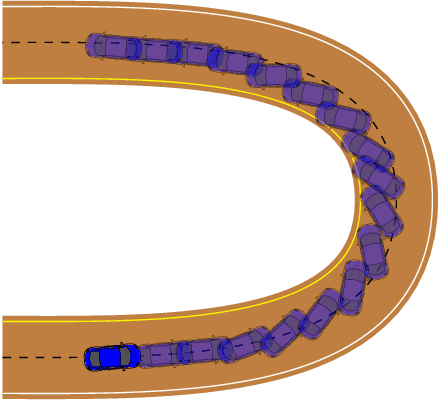
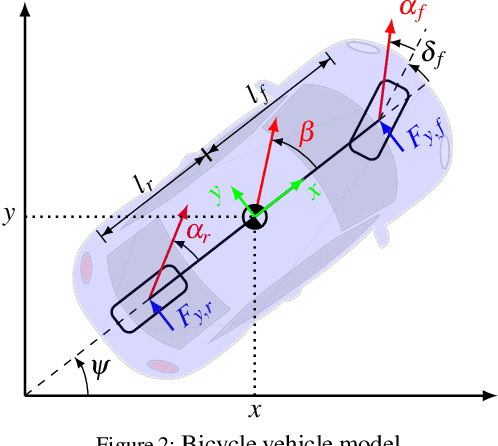
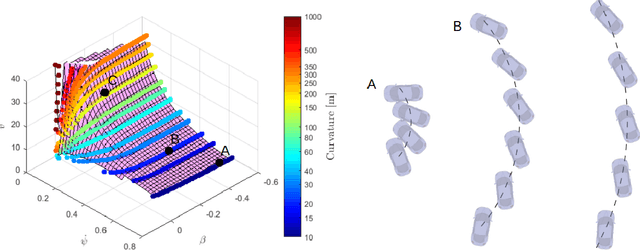
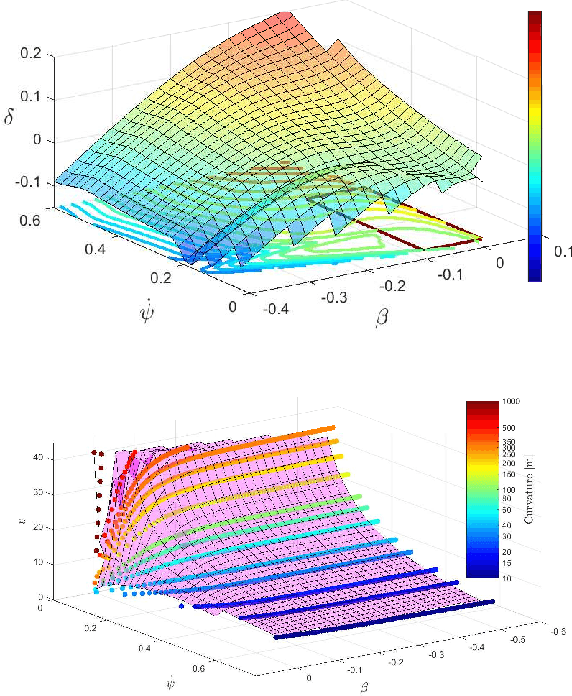
Abstract:To achieve optimal robot behavior in dynamic scenarios we need to consider complex dynamics in a predictive manner. In the vehicle dynamics community, it is well know that to achieve time-optimal driving on low surface, the vehicle should utilize drifting. Hence many authors have devised rules to split circuits and employ drifting on some segments. These rules are suboptimal and do not generalize to arbitrary circuit shapes (e.g., S-like curves). So, the question "When to go into which mode and how to drive in it?" remains unanswered. To choose the suitable mode (discrete decision), the algorithm needs information about the feasibility of the continuous motion in that mode. This makes it a class of Task and Motion Planning (TAMP) problems, which are known to be hard to solve optimally in real-time. In the AI planning community, search methods are commonly used. However, they cannot be directly applied to TAMP problems due to the continuous component. Here, we present a search-based method that effectively solves this problem and efficiently searches in a highly dimensional state space with nonlinear and unstable dynamics. The space of the possible trajectories is explored by sampling different combinations of motion primitives guided by the search. Our approach allows to use multiple locally approximated models to generate motion primitives (e.g., learned models of drifting) and effectively simplify the problem without losing accuracy. The algorithm performance is evaluated in simulated driving on a mixed-track with segments of different curvatures (right and left). Our code is available at https://git.io/JenvB
Optimal service station design for traffic mitigation via genetic algorithm and neural network
Nov 18, 2022Abstract:This paper analyzes how the presence of service stations on highways affects traffic congestion. We focus on the problem of optimally designing a service station to achieve beneficial effects in terms of total traffic congestion and peak traffic reduction. Microsimulators cannot be used for this task due to their computational inefficiency. We propose a genetic algorithm based on the recently proposed CTMs, that efficiently describes the dynamics of a service station. Then, we leverage the algorithm to train a neural network capable of solving the same problem, avoiding implementing the CTMs. Finally, we examine two case studies to validate the capabilities and performance of our algorithms. In these simulations, we use real data extracted from Dutch highways.
Search-Based Motion Planning for Performance Autonomous Driving
Jul 18, 2019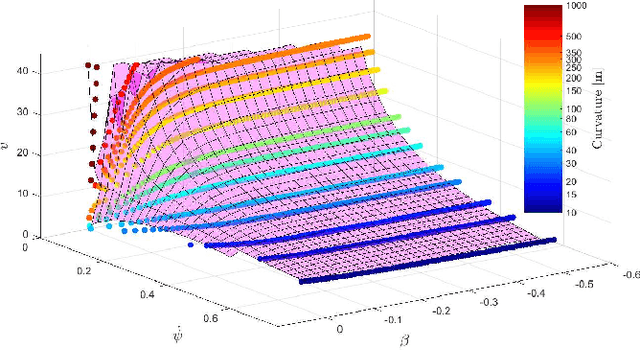

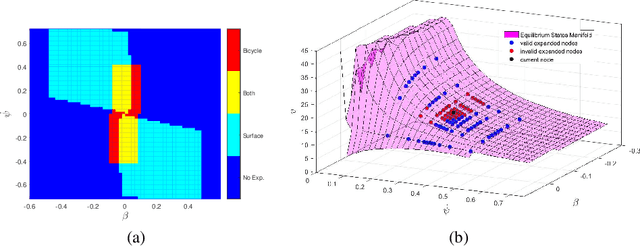

Abstract:Driving on the limits of vehicle dynamics requires predictive planning of future vehicle states. In this work, a search-based motion planning is used to generate suitable reference trajectories of dynamic vehicle states with the goal to achieve the minimum lap time on slippery roads. The search-based approach enables to explicitly consider a nonlinear vehicle dynamics model as well as constraints on states and inputs so that even challenging scenarios can be achieved in a safe and optimal way. The algorithm performance is evaluated in simulated driving on a track with segments of different curvatures.
 Add to Chrome
Add to Chrome Add to Firefox
Add to Firefox Add to Edge
Add to Edge